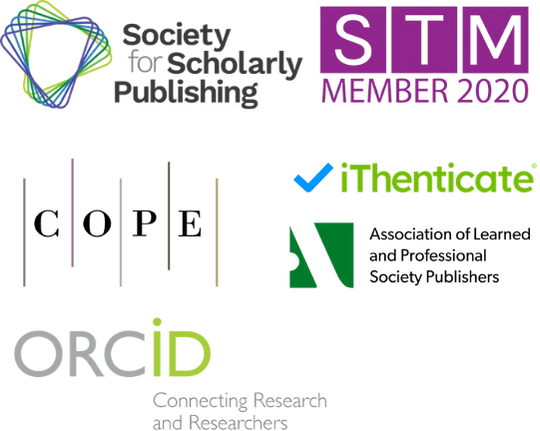Design of Real-Time Monitoring and Environmental Monitoring Warning System for Occupational Health Parameters of High-Altitude Construction Workers
DOI:
https://doi.org/10.71222/8knhkn80Keywords:
high altitude construction personnel, occupational health, real time monitoring, environmental monitoring and early warning, systems designAbstract
An excellent occupational health and safety management system provides a scientific and effective management tool for enterprises to improve their occupational health and safety performance. Research has shown that in high-altitude areas, many occupational diseases develop without any prior warning signs. Moreover, construction workers are identified as a high-risk group for developing occupational diseases. This urgently requires an intelligent supervision system for monitoring the health of high-altitude construction workers. With the development of intelligent and digital technologies, the design of an intelligent occupational health supervision and early warning system has become possible. In this context, this article has carried out system design and designed real-time monitoring and environmental monitoring modules for occupational health, providing new management methods for occupational health supervision of construction personnel in enterprises. In addition, the system has also designed an emergency module to provide high-quality resource support for ensuring the safety production of enterprises.
References
1. B. Kaassis and A. Badri, "Development of a preliminary model for evaluating occupational health and safety risk management maturity in small and medium-sized enterprises," Safety, vol. 4, no. 1, p. 5, 2018, doi: 10.3390/safety4010005.
2. X.-G. Tang, J. Wen, and Y.-J. Yang, "Decreased Work Capability Related to High-Altitude Exposure," Risk Manag. Healthc. Policy, pp. 2839–2849, 2024, doi: 10.2147/RMHP.S478383.
3. D. Vearrier and M. I. Greenberg, “Occupational health of miners at altitude: adverse health effects, toxic exposures, pre-placement screening, acclimatization, and worker surveillance,” Clin. Toxicol., vol. 49, no. 7, pp. 629–640, 2011, doi: 10.3109/15563650.2011.607169.
4. National Academies of Sciences, Engineering, and Medicine, A Smarter National Surveillance System for Occupational Safety and Health in the 21st Century. National Academies Press, 2018. ISBN: 9780309462990.
5. H. Mulugeta et al., "Non-fatal occupational injury prevalence and associated factors in an integrated large-scale textile industry in Addis Ababa, Ethiopia," Int. J. Environ. Res. Public Health, vol. 19, no. 6, p. 3688, 2022, doi: 10.3390/ijerph19063688.
6. B. Girma et al., "Occupational injuries and associated factors among small-scale woodwork industry workers in Hawassa, Southern Ethiopia: A cross-sectional study," Environ. Health Insights, vol. 16, p. 11786302221080829, 2022, doi: 10.1177/11786302221080829.
7. K. L. Johnston et al., "Evaluation of an artificial intelligence program for estimating occupational exposures," Ann. Occup. Hyg., vol. 49, no. 2, pp. 147–153, 2005, doi: 10.1093/annhyg/meh072.
8. S. Mekruksavanich and A. Jitpattanakul, "Automatic Recognition of Construction Worker Activities Using Deep Learning Approaches and Wearable Inertial Sensors," Intell. Autom. Soft Comput., vol. 36, no. 2, 2023, doi: 10.32604/iasc.2023.033542.
Downloads
Published
Issue
Section
License
Copyright (c) 2025 Defeng Yin, Xianghong Li, Yonghou Bai, Xucheng Pang (Author)

This work is licensed under a Creative Commons Attribution 4.0 International License.


